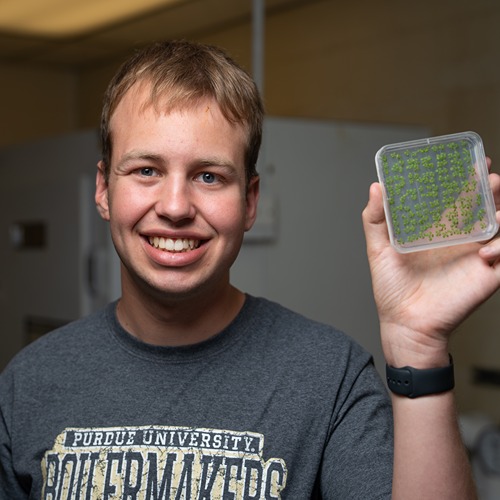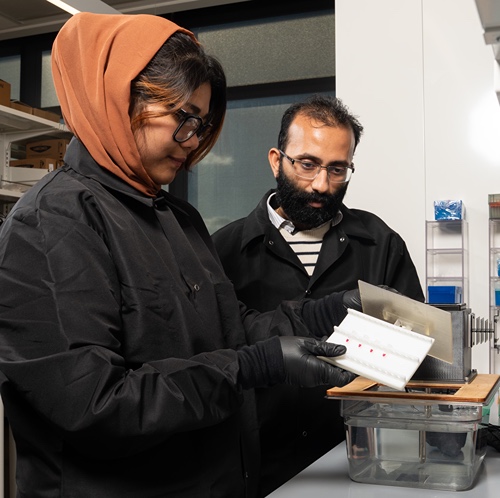Forest migration plays a role in fall foliage colors
While forests are not uprooting and physically moving to new locations, Jingjing Liang says tree species are migrating to more ideal environments in response to climate change.
Liang, an associate professor of quantitative forest ecology, said changes in temperature and precipitation over time, as well as other environmental and human influences, cause growing conditions to change and our forests to appear different over time. Oak forests are a prime example of this recent change.
“Oaks originally dominated large areas of local forests, but as older trees die off, the younger trees growing in the understory do not thrive as their ancestors did due to a lack of sunlight and resources,” Liang said. “Meanwhile, maple trees are thriving as they are more shade-tolerant, which creates a different makeup of the forest and a different foliage appearance than we remember it being 20 to 30 years ago.”
Liang said his team of graduate students has learned that despite being an immobile organism, different species of trees will spawn and compete against each other in any direction if it means better resources for survival.
As the makeup of a forest changes, so does its outer appearance, Liang said, which is most obvious among deciduous trees in the fall when forest foliage changes its color.
“I like to say this is when trees are showing their ‘true colors.’ During the growing season, chlorophyll that makes tree leaves green help trees convert solar energy into biomass,” he said. “In the fall, the lack of sunlight and drop in temperature makes the plant go dormant, causing them to lose their chlorophyll, which revert tree leaves to their natural vibrant color, or dull color in some cases.”
How climate change, such as extreme changes in precipitation or temperature, may affect fall foliage colors is still unknown, Liang said, as more research is needed to study the year after year changes and impact that droughts and increasing temperatures have on trees. But residents who are accustomed to seeing a particular hue among their local fall foliage will see a change in fall foliage colors due in part to the migration of forests due to climate change.
“The trees we are seeing today in our forests are probably not the same species that were present in the same area 40 to 50 years ago,” Liang said. “We are directly in the midst of a change, which is essentially a massive forest migration.”






